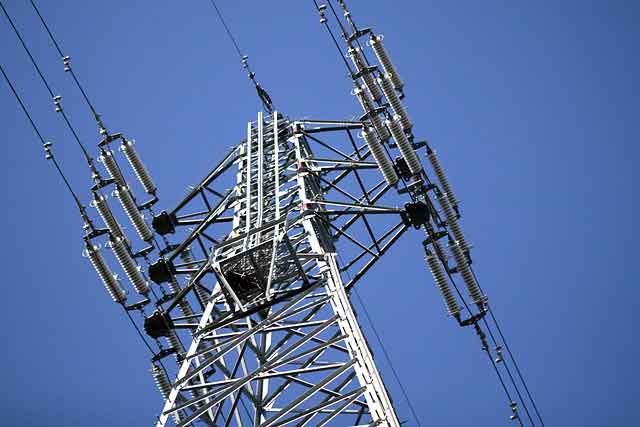Eskom feels pressure of rising demand, funding pinch
By Industrial Info Resources
Protective Relay Training - Basic
Our customized live online or in‑person group training can be delivered to your staff at your location.

- Live Online
- 12 hours Instructor-led
- Group Training Available
Currently, construction is taking place on the 4,800-megawatt (MW) Medupi project in the northern Limpopo province and the 4,770-MW project in Mpumalanga in the east of the country.
The proposed site for the third new power project is 25 kilometers west of the Medupi project. Both of the power stations under construction, which have an estimated combined total investment value of more than $30 billion, will be coal-fired with fuel feeds from local resources.
The future of South Africa's nuclear power build program has been stalled and will not be back on the table until funding problems have been solved. One nuclear plant alone could cost more than $30 billion to provide the same power output as a single coal-fired mega thermal plant and would require a significantly longer lead time from inception to commissioning.
A spokesman said that, based on an average 2.9% growth in demand over a period of 25 years, the new power station will be needed by 2016. Although there has been no growth in demand this year an increase of between 1% and 2% is expected in 2010.
Facing a current funding gap of more than $3 billion, Eskom is looking to make up to 10% savings on the cost of the two current build programs through design changes and by delaying the purchase of some of the required components, said Brian Dames, Eskom's Chief Officer for Generation. Dames said the savings could be made on targeted project costs but did not include variables such as interest rates and foreign exchange fluctuations over which the company has no control.
Negative foreign exchange caused escalation some in costs as Eskom had entered into some contracts at the peak of the commodity boom. The utility will also discuss potential savings with its main suppliers Alstom SA and Hitachi to review the scope of projects and look at phasing the delivery program for spares.
Funding also lies at the heart of the problems being faced in bringing independent power producers (IPPs) into the national generation scenario. Although Eskom has received approval from the national power regulator NERSA for increasing user tariffs more than 30%, this has not solved forward capital expense challenges. Operating expenditure has risen from $1.7 billion in 2005-06 to $4.2 billion in 2009-10. Capital expenditure has risen from $1.4 billion to $10.1 billion during the same period and is forecast to move toward $13 billion in the next financial year.
Until IPPs can plan for projects operating at sustainable tariffs and with secure power contracts to supply the grid through Eskom, their ability to release private investment into projects is hamstrung. This situation is understood by all the involved players as Eskom continues to lobby for higher tariffs and move from its inherited system of state-supported, low-cost electrical power, in the face of powerful labor and consumer lobbies.
The Coega Development Corporation (CDC) has completed a feasibility study on a new 3,200-MW gas-fired power plant needed to supply industrial tenants in the new CDC Industrial Development Zone and port on the country's east coast adjacent to Port Elizabeth.
Surplus power will be fed into the national grid. Construction of the first 500-MW phase of the project is scheduled to start in 2012, and the CDC is hoping to have clinched a $4 billion preferred bidder within 12 months. Eskom is hoping that a new funding scheme, with government participation, will be ready to launch in September. This will be crucial to other IPP projects such the proposed IPSA Group plc gas-fired plant in Newcastle, Natal, and the Mmamabula Energy Project in neighboring Botswana.
Only after the new funding scheme has been agreed can Eskom consider offering commercially viable power purchase terms to both these projects. CIC Energy Corporation's Mmamabula project covers a 1,200-MW coal-fed power station, a coal export project and a coal-to-hydrocarbons project.











